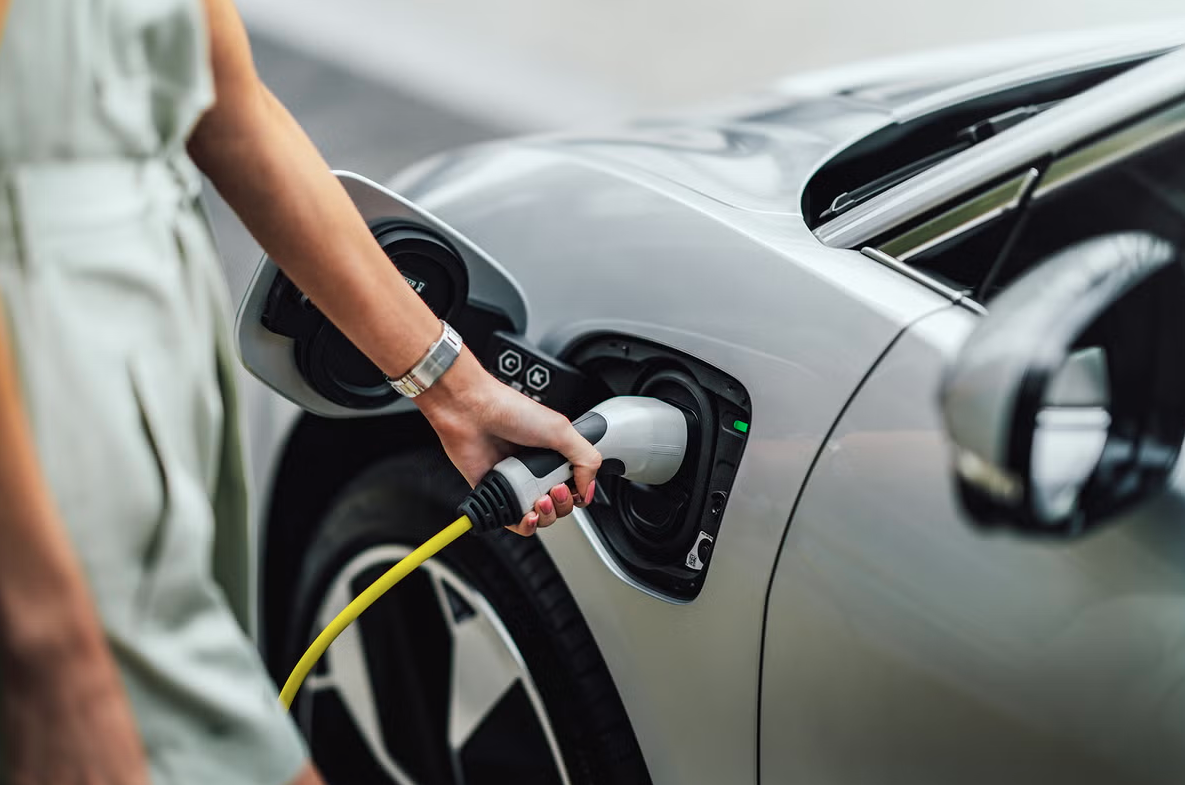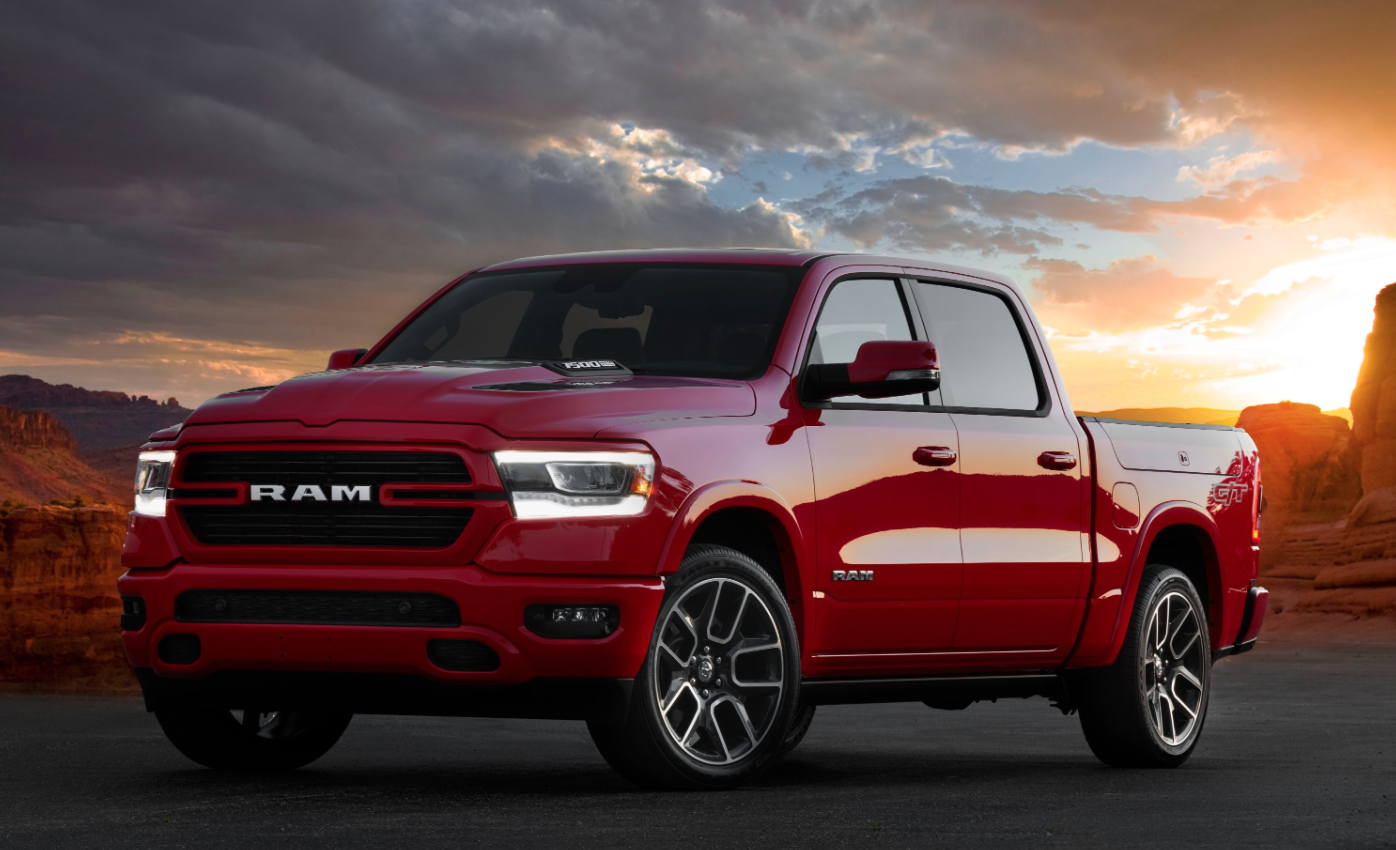The Rise of Electric Cars in the U.S.: A Revolution in Transportation

The electric vehicle (EV) market is undergoing a massive transformation in the United States, driven by environmental concerns, technological advancements, and governmental support. What was once considered a niche market is now becoming a mainstream mode of transportation.
With a growing number of automakers committing to electric futures, and governments incentivizing EV adoption, the road ahead for electric vehicles is looking brighter than ever. This article dives deep into the rise of electric cars in the U.S., the key trends driving their growth, the challenges still faced, and what the future holds for the EV market.
The Shift Toward Electric Vehicles
The shift from traditional gasoline-powered vehicles to electric vehicles in the U.S. has accelerated for several reasons:
- Environmental Concerns One of the main drivers behind the transition to EVs is the growing concern over climate change and air quality. The transportation sector is a significant contributor to greenhouse gas emissions, with cars and trucks accounting for nearly 28% of U.S. carbon emissions, according to the Environmental Protection Agency (EPA). EVs, which produce zero tailpipe emissions, present an effective solution for reducing pollution and mitigating climate change. With rising awareness about the environmental impact of fossil fuels, more consumers and businesses are adopting EVs as a cleaner alternative.
- Government Incentives and Policies Both federal and state governments have played a crucial role in promoting the adoption of electric vehicles. The Inflation Reduction Act (IRA), signed into law in 2022, includes provisions for EV tax credits of up to $7,500 for qualifying vehicles. Additionally, state-level incentives, such as rebates, tax credits, and even access to high-occupancy vehicle (HOV) lanes, make EVs more financially attractive to consumers. Several states, including California, have also announced plans to phase out the sale of new gas-powered vehicles by 2035, signaling a clear shift toward zero-emission transportation.
- Technological Advancements Over the past decade, there have been significant improvements in battery technology. Lithium-ion batteries, which power most modern electric vehicles, have become much more efficient, resulting in longer driving ranges, faster charging times, and lower overall costs. The cost per kilowatt-hour (kWh) of battery capacity has dropped dramatically, making EVs more affordable. In addition, the expansion of fast-charging networks allows drivers to recharge their vehicles more quickly, reducing concerns about charging times and range.
Challenges Facing the EV Market
Despite the positive momentum, the electric vehicle market in the U.S. still faces several challenges that could hinder its widespread adoption:
- Charging Infrastructure While EV adoption has grown, charging infrastructure remains one of the biggest obstacles to broader adoption. Although the U.S. government is heavily investing in expanding the charging network, millions of Americans—especially in rural areas—still have limited access to fast-charging stations. As of 2023, there were approximately 130,000 charging stations across the country, but experts believe at least 500,000 are needed by 2030 to support the growing number of EVs on the road.Charging times also need to improve. While most home chargers can take several hours to fully charge a car, fast chargers can recharge up to 80% of a battery in 30 minutes or less. As the charging network expands, consumers will have more confidence in adopting EVs, knowing that they can find charging stations easily and conveniently.
- Battery Costs and Supply Chain Issues Battery production is a critical element in EV manufacturing, and the cost of batteries—though falling—still represents a significant portion of an EV’s price. Prices for raw materials like lithium, cobalt, and nickel, which are key ingredients in EV batteries, have been volatile, posing potential risks to manufacturers and consumers alike.Additionally, the global supply chain for these materials is complex, often relying on mining operations in politically unstable regions. This has led to efforts to recycle batteries and source materials domestically to reduce supply chain vulnerabilities.
- Range Anxiety Despite advances in battery technology, many potential EV buyers still have concerns about range anxiety—the fear of running out of charge before reaching a charging station. Although newer EV models offer ranges of over 300 miles, many consumers are still wary of taking long road trips in electric cars, especially in areas where charging stations are scarce.
- Cost Although the prices of electric vehicles have decreased in recent years, they are still more expensive than their gasoline counterparts. The average price of a new EV in 2023 was around $55,000, which is significantly higher than the price of many internal combustion engine (ICE) vehicles. However, with increased competition and economies of scale, prices are expected to continue to fall.
The Future of Electric Vehicles in the U.S.
Looking ahead, the future of electric vehicles in the U.S. appears promising, driven by several key developments:
- Government Mandates and Policy Support The U.S. government has set ambitious climate goals to reduce greenhouse gas emissions by 50-52% by 2030. This includes a heavy reliance on EVs, with a target of 50% of all new car sales being electric by 2030. The Biden administration’s investments in clean energy, charging infrastructure, and battery technology will help accelerate this transition.Additionally, California and other states are pushing for a transition to 100% zero-emissions vehicles by 2035. This regulatory push is expected to accelerate the shift toward electric mobility.
- Expansion of Commercial EVs The commercial sector is increasingly embracing electric vehicles. Companies like Amazon have placed significant orders for electric delivery trucks from companies like Rivian. Electric trucks and buses are gaining popularity as fleets aim to reduce emissions and save on fuel and maintenance costs. In cities, electric public transit options, like buses and taxis, are also expanding, helping to reduce emissions from the public transportation system.
- Advancements in Charging Technology The future of EVs will be shaped by innovative charging solutions. New technologies, such as wireless charging and ultra-fast charging (350 kW and beyond), are being developed to further reduce charging times. Vehicle-to-grid (V2G) technology, which allows EVs to feed energy back into the grid, could also play a crucial role in balancing electricity demand, especially as renewable energy sources like wind and solar become more prevalent.
- Next-Generation Batteries Solid-state batteries, which promise greater energy density, faster charging times, and enhanced safety, are on the horizon. These batteries could drastically reduce the cost of EVs and improve their performance. Ongoing advancements in battery recycling will also help alleviate the pressure on raw material supply chains.
Conclusion
Electric vehicles are driving the U.S. toward a more sustainable, cleaner future. With the combined efforts of government policies, automakers, and consumers, the shift to electric cars is no longer a distant dream but an accelerating reality. While there are still challenges, such as charging infrastructure and battery supply, the progress made so far is encouraging. As technology continues to improve and more affordable options become available, EVs will play an increasingly dominant role in the U.S. transportation landscape, helping reduce emissions and create a cleaner, greener environment for future generations.
Explore

The Rise of New Retirement Villages: A Modern Approach to Senior Living

The 2024 Dodge Ram 1500: Power, Performance, and Luxury in One Package

Everyday Advantages of Driving a Dodge Ram 1500

The New Jeep Gladiator is Wowing Americans – See Why

Understanding Car Insurance in the United States: A Comprehensive Guide

Instant Home Valuation: How Online Calculators Provide Real-Time Property Estimates

The Future of Diabetes Management: Needle-Free Blood Glucose Meters
Best Low-Cost Internet Plans for Seniors: Affordable Options to Stay Connected
